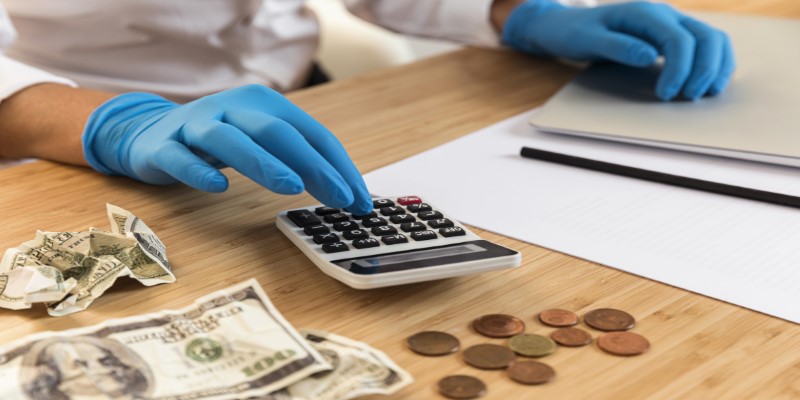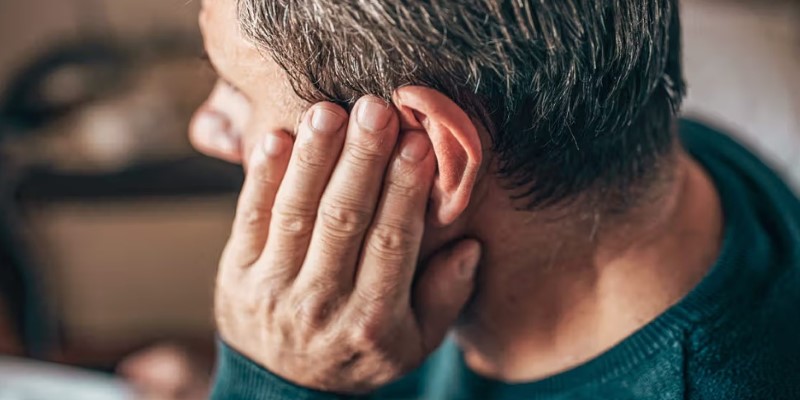Monitoring your blood pressure at home is an important part of managing your health. Whether you have been diagnosed with high blood pressure (hypertension) or just want to keep an eye on your cardiovascular health, learning how to measure your blood pressure at home can provide valuable information.
It also helps you avoid the anxiety that sometimes comes with clinical visits, known as "white coat syndrome," which may cause your blood pressure to rise artificially. This article will walk you through the correct process, equipment needed, and key tips to get accurate readings every time you measure your blood pressure at home.
Blood pressure fluctuates throughout the day based on activity, diet, stress, and many other factors. By measuring it at home, you can get a clearer picture of whats going on with your body over time. For those with high blood pressure, consistent monitoring can help track the effectiveness of medications or lifestyle changes. Home readings are also useful when sharing data with your doctor, as they can provide more insights than a single reading taken during a visit.
Additionally, some people feel nervous when visiting the doctor, which can temporarily spike their blood pressure. This phenomenon is referred to as "white coat syndrome." Home monitoring eliminates this factor and provides a more relaxed environment for accurate results.
Before you begin measuring your blood pressure at home, its essential to have the right tools. The most commonly recommended type is an automatic digital blood pressure monitor. These devices are easy to use and accurate and typically display both the systolic and diastolic pressures, along with your pulse rate. When purchasing a monitor, ensure it has been validated for accuracy by healthcare professionals or organizations like the American Heart Association.
Considerations When Choosing a Monitor
Cuff Size: The cuff must fit properly around your upper arm. Most home monitors come with adjustable cuffs but make sure it fits snugly without being too tight or loose. An improperly sized cuff can give you inaccurate readings.
Digital vs. Manual Monitors: Digital monitors are recommended for ease of use, especially for those who may not be comfortable using a stethoscope. Manual monitors, which require a stethoscope, are still available but are typically used by healthcare professionals.

Memory Function: Many modern devices store previous readings, making it easy to track your blood pressure over time.
Once you have the right monitor, its time to start taking measurements. To ensure accuracy, follow these steps closely.
Before measuring your blood pressure, sit quietly and relax for at least five minutes. Avoid consuming caffeine or smoking for 30 minutes beforehand, as these can artificially raise your reading. Make sure your bladder is empty, as a full bladder can also temporarily increase blood pressure.
Find a quiet place where you can sit comfortably. Sit in a chair with your back supported, and keep both feet flat on the floor. Rest your arm on a table at heart level, ensuring that the cuff will be at the same level as your heart when placed on your upper arm.
Wrap the blood pressure cuff around the upper part of your arm, about an inch above the elbow. The cuff should sit directly against your skin without any clothing in the way. Make sure the cuff is snug but not too tight; you should be able to slip a finger under the edge of the cuff.
If using a wrist monitor, follow the same instructions for positioning the monitor at heart level. However, wrist monitors are typically less accurate than upper-arm monitors, so it's recommended to use an upper-arm model whenever possible.
Turn on the digital monitor and press the start button. The cuff will inflate and then slowly deflate while the monitor takes the measurement. Remain still and silent during this process, as talking or moving can affect the reading.
Once the cuff deflates, the monitor will display your systolic and diastolic pressures. The systolic number is the pressure in your arteries when your heart beats, and the diastolic number is the pressure between beats when the heart is at rest.

Many digital monitors will automatically save your readings, but its also a good idea to write them down or keep a log. Record the date, time, systolic and diastolic pressures, and any notes about how you were feeling at the time. This information can be valuable when discussing your health with a doctor.
Getting consistent, accurate readings requires more than just using the right equipment. Small details in how you take your measurements can make a big difference. Here are some tips to improve the accuracy of your home readings.
Take Multiple Readings: Blood pressure can fluctuate, so it's helpful to take at least two or three readings a few minutes apart and average them for a more reliable result.
Measure at the Same Time Every Day: As blood pressure changes throughout the day, try to take your readings at the same time each day. Morning and evening are typically recommended.
Avoid External Influences: Factors like stress, food, exercise, or medications can impact your blood pressure. Try to avoid measuring right after eating, exercising, or taking medications that affect your blood pressure.
Monitor Both Arms: In some cases, blood pressure readings may vary between arms. Its a good idea to check both arms occasionally to ensure there isnt a significant difference.
Measuring your blood pressure at home can empower you to take control of your health, giving you insights into how your body responds to medications, lifestyle changes, or even daily stress. By following the proper steps and using reliable equipment, you can ensure your readings are accurate and useful for both you and your healthcare provider.
When done correctly, home monitoring can offer peace of mind and early detection of potential health issues, keeping you informed and proactive about managing your blood pressure.

By Darnell Malan/Oct 10, 2024

By Alison Perry/Oct 15, 2024

By Verna Wesley/Oct 03, 2024

By Elena Davis/Sep 27, 2024

By Nancy Miller/Oct 15, 2024

By Korin Kashtan/Sep 20, 2024

By Maurice Oliver/Sep 20, 2024

By Darnell Malan/Oct 31, 2024

By Mason Garvey/Oct 16, 2024

By Maurice Oliver/Oct 15, 2024

By Jennifer Redmond/Oct 17, 2024

By Georgia Vincent/Sep 27, 2024